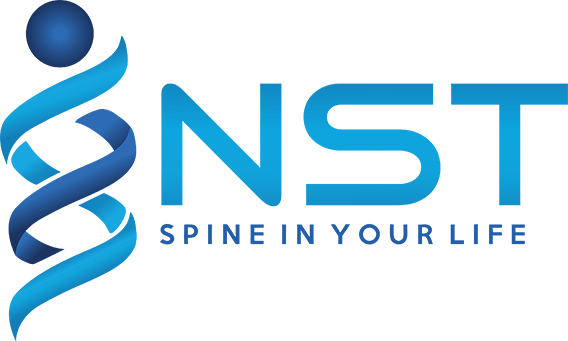Walking should be a natural, enjoyable activity, but for many, it can be a source of discomfort due to pain or stiffness. If you experience pain when walking, it’s not just frustrating—it can also limit your mobility and quality of life.
Neurostructural Integration Technique (NST) offers a comprehensive approach to address these issues, helping you walk with greater ease and comfort. Let’s explore how NST can make a difference.

Pain and stiffness when walking can stem from various causes, including muscle imbalances, joint misalignment, nerve compression, or chronic conditions like arthritis.
These issues can lead to abnormal walking patterns, further exacerbating discomfort. Identifying and addressing the root causes is crucial to regaining mobility and reducing pain.

NST is a hands-on therapy that focuses on releasing muscle tension, realigning the body’s structure, and restoring balance to the musculoskeletal system. Through gentle, targeted movements called PRI-moves, this process promotes relaxation, improves circulation, and helps restore proper alignment.
NST sessions typically focus on key areas such as the hips, lower back, legs, and feet—common sources of pain and stiffness when walking. By correcting misalignments and relieving tension, NST helps improve joint mobility and muscle flexibility, leading to smoother and more comfortable walking.

As tension is released and alignment is restored, many people experience a noticeable reduction in discomfort. With improved joint mobility and muscle flexibility, walking becomes less strenuous and more enjoyable.
NST’s comprehensive approach also addresses related issues like poor posture, muscle imbalances, and nerve compression, providing a comprehensive solution to walking-related pain.

NST doesn’t just offer temporary relief—it can support long-term mobility and overall well-being. By focusing on the entire body, NST helps correct patterns of imbalance that can lead to recurring pain and stiffness.
Regular NST sessions can help maintain a healthy musculoskeletal system, reducing the risk of future issues and allowing you to stay active and mobile.




